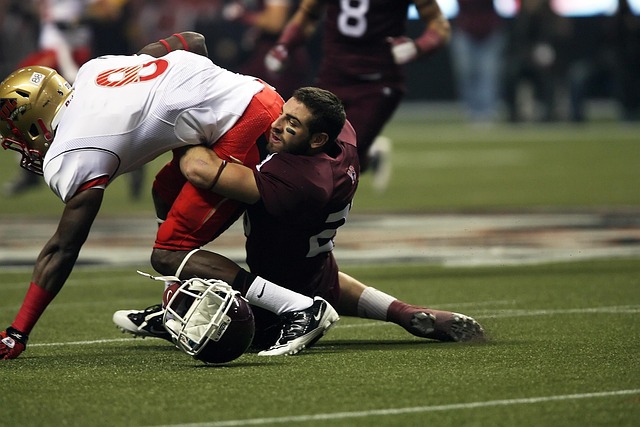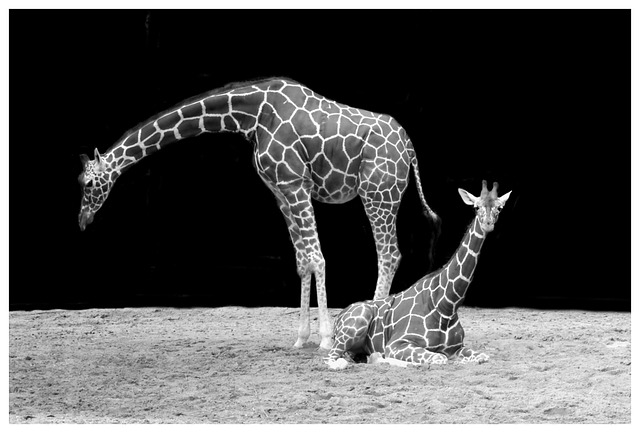Chiropractic care and range of motion (ROM) therapy effectively treat post-car crash joint stiffness by improving mobility and reducing pain. Chiropractors adjust spines and joints to promote healing, while ROM exercises enhance flexibility and muscle strength, enabling individuals to regain full joint movement without discomfort. These holistic approaches are crucial for faster recovery from car crash injuries, specifically targeting long-term joint stiffness and restoring normal function.
Joint stiffness post-accident can significantly impact mobility and quality of life. This article explores effective rehab strategies, focusing on understanding the common issue of joint stiffness after car crashes. We delve into two key approaches: chiropractic adjustments to restore natural spinal alignment and range of motion (ROM) therapy techniques that enhance flexibility and reduce pain. By combining these evidence-based methods, individuals can regain control of their movement and recover fully from crash injuries.
- Understanding Joint Stiffness After Car Crashes
- Chiropractic Adjustments for Improved Mobility
- Range of Motion Therapy Techniques and Benefits
Understanding Joint Stiffness After Car Crashes

After a car crash, joint stiffness can be a common and debilitating symptom. This is often due to soft tissue damage, such as sprained ligaments or tendons, which can limit the range of motion in affected joints. Chiropractic care and range of motion therapy are effective treatments for improving mobility and reducing pain after such injuries.
Chiropractors focus on adjusting the spine and joint structures to promote healing and restore function. Range of motion therapy involves gentle exercises and stretching techniques designed to improve flexibility and strengthen surrounding muscles, ultimately helping patients regain their ability to move joints through their full range without discomfort. These holistic approaches can play a significant role in post-accident recovery, enabling individuals to regain mobility and alleviate the long-term effects of joint stiffness.
Chiropractic Adjustments for Improved Mobility

Chiropractic adjustments play a vital role in rehabilitating joint stiffness resulting from post-accident injuries. These gentle, hands-on techniques are designed to improve mobility by manipulating and realigning the spine, joints, and soft tissues. Chiropractors use specific adjusting methods tailored to the patient’s condition, focusing on restoring proper alignment and promoting natural healing.
Range of motion therapy is a key component of chiropractic care for car crash injuries. By gently moving the affected joints through their full range, chiropractors help reduce stiffness, improve flexibility, and enhance overall mobility. This type of therapy can significantly contribute to post-accident recovery by allowing individuals to regain control over their movements and restore their functional abilities.
Range of Motion Therapy Techniques and Benefits

Range of Motion (ROM) therapy is a crucial component in rehab for joint stiffness post-accident, focusing on improving flexibility and mobility. This technique involves carefully stretching and moving affected joints through their full range, addressing the loss of motion often experienced after injuries like a car crash. Chiropractic adjustments, as part of ROM therapy, can help realign the spine and other joints, reducing pain and enhancing healing.
The benefits are numerous: it increases circulation to injured tissues, encourages the formation of new, healthy tissue, and reduces scar tissue formation. By promoting joint health, ROM therapy can speed up recovery, improve overall function, and restore mobility for individuals dealing with stiffness after a car crash. Chiropractic care in conjunction with ROM exercises is an effective strategy in achieving these goals.
Joint stiffness post-accident can significantly impact an individual’s recovery, but there are effective treatments available. Chiropractic adjustments and range of motion (ROM) therapy have proven beneficial in improving mobility and flexibility for those recovering from car crash injuries. By combining these techniques, patients can navigate their road to healing more efficiently, restoring their bodies’ natural movement and enhancing overall quality of life.














